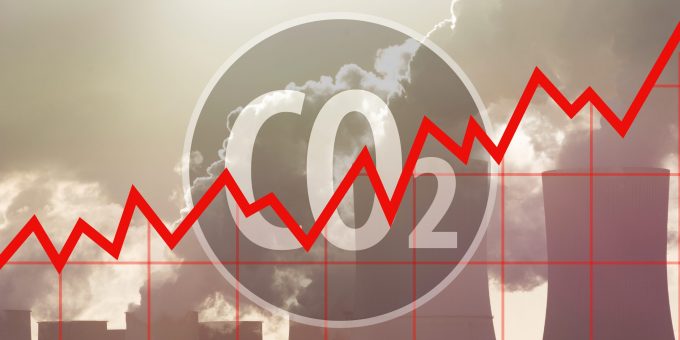More luck than judgment? Top 10 box lines enjoy elusive balance
Something of a sweet spot?

In a customer advisory today, CMA CGM detailed the implications of passing on the cost of EU Emissions Trading System (ETS) to its customers, including a €37 per teu surcharge for vessels calling between European ports.
The figures, which also include a ...

Comment on this article